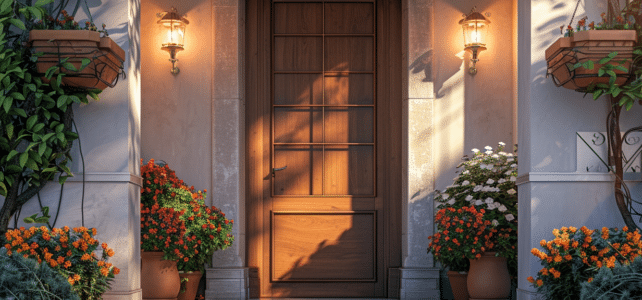
Lorsque le ciel de Royan se pare de ses nuages gris et que les gouttes de pluie commencent à tambouriner sur les trottoirs, l’occasion se présente de redécouvrir la ville sous un autre jour. Oubliez les séances de bronzage et…
Actualités

Lorsque le ciel de Royan se pare de ses nuages gris et que les gouttes de pluie commencent à tambouriner sur les trottoirs, l’occasion se présente de redécouvrir la ville sous un autre jour. Oubliez les séances de bronzage et…

L’univers des bibliothèques numériques libres a connu une transformation radicale grâce à des avancées technologiques significatives. Ces innovations ont permis de démocratiser l’accès aux savoirs et ont favorisé une diffusion plus large des connaissances. Elles comprennent des outils de recherche…

À Besançon, l’accès aux ressources pédagogiques en ligne s’est considérablement simplifié grâce à la mise en place de portails éducatifs dédiés. Destinés aux étudiants, aux enseignants et aux parents, ces portails fournissent un point d’entrée unique pour divers services, allant…

L’ère numérique a transformé le paysage éducatif, en particulier dans l’enseignement supérieur. Avec l’avènement des technologies de l’information, les universités ont dû s’adapter, offrant un accès accru aux services en ligne pour répondre aux besoins de la population étudiante. Cette…

Au cœur de la France, patrie de l’élégance et de l’histoire, l’antiquaire n’est pas seulement un métier, c’est un art. Ce domaine a été façonné par des personnalités exceptionnelles dont l’œil affûté et la passion pour les objets chargés d’histoire…

Dans un monde où la première impression est souvent déterminante, l’entrée de notre maison ne déroge pas à la règle. Cet espace, qui accueille famille et visiteurs, mérite une attention particulière tant sur le plan de l’esthétisme que de la…

Sélectionner un élevage pour un futur compagnon à quatre pattes, comme le berger australien, demande une recherche minutieuse. En France, l’engouement pour cette race dynamique et polyvalente a conduit à une multiplication des élevages. Pensez à bien privilégier des élevages…

Lorsqu’il s’agit de s’attaquer aux travaux de bricolage avec efficacité et précision, une panoplie d’outils se révèle incontournable. Parmi eux, la meuleuse occupe une place de choix. Cet outil électroportatif se décline en plusieurs variantes, adaptées à des usages spécifiques.…

Dans le paysage médical, les tests diagnostiques jouent un rôle fondamental, offrant aux professionnels de santé un éventail d’outils pour détecter, surveiller et prévenir les maladies. De la simple prise de sang aux examens d’imagerie sophistiqués comme l’IRM, chaque procédure…

L’univers des plateformes de streaming a connu une explosion ces dernières années, transformant radicalement la manière dont les consommateurs accèdent aux contenus multimédias. Netflix, pionnier du secteur, fait désormais face à une concurrence féroce avec l’arrivée de géants comme Disney+,…

À l’aube du XXIe siècle, la révolution numérique a commencé à redessiner les contours de notre société. Parmi les acteurs de ce changement, les pionniers du web social se distinguent. Ces visionnaires ont compris l’importance de la connectivité et de…

Les anniversaires de mariage sont des jalons précieux dans la vie d’un couple, incarnant le passage du temps et la célébration de l’amour qui perdure. À chaque étape correspond une symbolique unique, encourageant les partenaires à trouver des façons créatives…